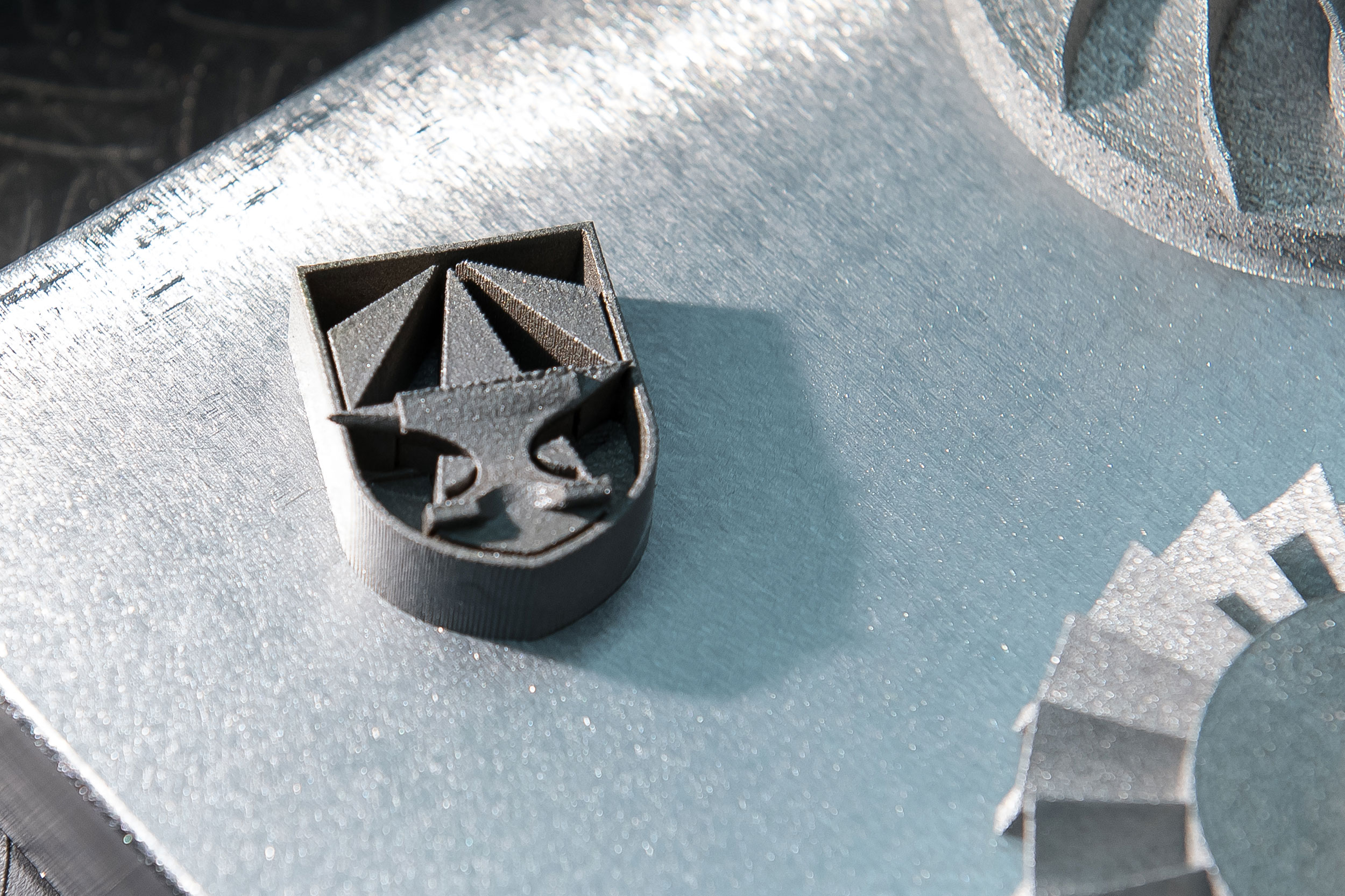The U.S. Army is working towards developing its supply chain to support the integration of additive manufacturing. That’s according to Gen. Gus Perna, the head of Army Materiel Command, speaking at a press event in Washington on February 4, 2020.
Having been experimenting and trialing the technology in recent times, Perna states that it is now pertinent for the U.S. Army to develop a means for effectively deploying and utilizing 3D printing across the service, particularly within arsenals, depots, and plants.
To this end, an advanced manufacturing policy was approved by Secretary of the Army Ryan D. McCarthy in October 2019, which focused specifically on “Enabling Readiness and Modernization Through Advanced Manufacturing”. The policy seeks to push the adoption of 3D printing forward in the force in order to manufacture parts quickly. Reaffirming its commitment to advanced manufacturing and 3D printing, Perna states that the next step for the U.S. Army is to develop a process for using the capabilities of the technology across the force.

Additive manufacturing in the U.S. Army
The U.S. Army has established a number of additive manufacturing initiatives over the years. As well as seeking to develop and implement the technology within the force itself, the U.S. Army has also acted as a primary source of funding for cutting edge research around technology.
For example, working together with the Marine Corps Systems Command (MCSC), the U.S. Army Corps of Engineers (USACE) is working to build bases using 3D printed cement. The development of high-strength alloys for 3D printing is just one of many additive manufacturing research projects currently being undertaken at the Army Research Laboratory (ARL).
In late 2018, ARL and the U.S. National Center for Manufacturing Sciences (NCMS) also opened the Advanced Manufacturing, Materials, and Processes (AMMP) Center and Consortium in Aberdeen, Maryland. Leading 3D printer OEM 3D Systems is a key collaborator for additive manufacturing projects at the center.
In 2019, prior to the creation of the advanced manufacturing policy, one of the more prominent developments comprised the launch of the AMNOW program by the National Center for Defense Manufacturing and Machining (NCDMM) alongside additive manufacturing accelerator America Makes, and Pennsylvania-based consultancy Catalyst Connection. Funded by the U.S. Army Combat Capabilities Development Command (CCDC) Aviation & Missile Center, the program seeks to facilitate additive integration into army logistics.

The next steps for the U.S. Army
Moving forward, Perna explains that the plan is to make the Advanced Manufacturing Center of Excellence at Rock Island Arsenal, Illinois, which reached initial operating capability in May 2019, the foundation for all additive manufacturing capabilities in the U.S. Army. According to Perna, roughly $25 million has been invested into equipment for the hub by the U.S. Army.
The next step is to extend those capabilities to the other depots, plants and arsenals within the force, as well as divisions. Divisions are already authorized to purchase additive manufacturing equipment, however, few are employing the technology at the tactical level. A difficulty with bringing 3D printing technology into the field is maneuverability and time, as well as practical issues like establishing a power source for the 3D printers to operate. Speaking to Defense News, Perna explains: “I can’t just put a plethora of machines out there,” he said. “I have to get the right machines. So I want machines out there that can fix what we call readiness drivers. Things that break down a lot so that they can be done forward.” In addition, Perna explains that work is being done on a digital thread connecting the home base to the depots, arsenals, and plants, allowing 3D drawings and files to be shared between them.
The nominations for the 2020 3D Printing Industry Awards are now open. Who do you think should make the shortlists for this year’s show? Have your say now.
Subscribe to the 3D Printing Industry newsletter for the latest news in additive manufacturing. You can also stay connected by following us on Twitter and liking us on Facebook.
Looking for a career in additive manufacturing? Visit 3D Printing Jobs for a selection of roles in the industry.
Featured image shows U.S. Army helicopter. Photo via U.S. Army.


